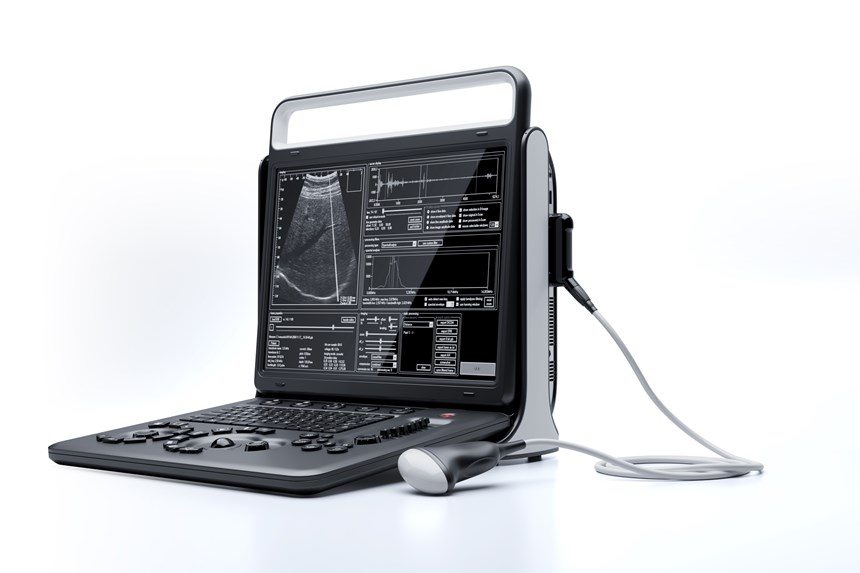Materials: Flame-Resistant Specialty Copolyesters for Electronic Medical Devices
Eastman’s newly expanded portfolio of Tritan MXF copolyesters includes flame-retardant grades for housing and hardware of electronic devices.
Since last year’s initial introduction of a next-generation portfolio of its medical-grade Tritan MXF specialty copolyesters, Eastman Chemical, Kingsport, Tenn., has made greater strides to expand the line. Working collaboratively with OEMs to identify the attributes needed for specific product requirements and processing characteristics that improve manufacturability, the company has developed a collection of flame-resistant (FR) grades specifically for electronic medical housings and hardware.
The MXF product line started with Tritan MXF121, which is built on Tritan’s proven durability and disinfectant resistance, and now include the newly launched FR grades with a UL 94 V-2 flame resistant rating. These materials reportedly offer unsurpassed chemical compatibility with a wide range of disinfectants used to combat HAIs (healthcare associated infections) as well as improved durability and higher impact strength. Materials in the Eastman Tritan MXF portfolio boast ease of processing, with lower ejection force for easier demolding.
According to Brad Potter, marketing director for Eastman’s Specialty Plastics-Medical, Eastman Tritan MXF copolyesters can save money across the value chain due to reduced repairs, returns and warranty claims from device breakage, a low scrap rate and the lack of retooling necessary when changing from PC/ABS to Tritan MXF. Moreover, the use of only Tritan MXF in an assembly has been shown to reduce expenses associated with the use of multiple polymers which can cause discoloration and durability issues.
Says Potter,“Switching to Tritan MXF adds value throughout product design and commercialization and ultimately lowers the cost of ownership…Most importantly, using Tritan MXF polymers in medical device housings enables healthcare workers to clean those devices more thoroughly with proper disinfectants, ultimately reducing the incidence of HAIs and positively impacting patient outcome.”
Related Content
-
Scaling Up Sustainable Solutions for Fiber Reinforced Composite Materials
Oak Ridge National Laboratory's Sustainable Manufacturing Technologies Group helps industrial partners tackle the sustainability challenges presented by fiber-reinforced composite materials.
-
What is the Allowable Moisture Content in Nylons? It Depends (Part 1)
A lot of the nylon that is processed is filled or reinforced, but the data sheets generally don’t account for this, making drying recommendations confusing. Here’s what you need to know.
-
Volume Resin Prices Move in Different Directions
PE, PP, PVC, and ABS prices slump, while PS, PET, PC, and nylons 6 and 66 prices rise.



















